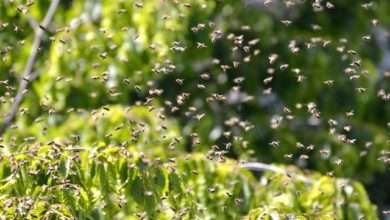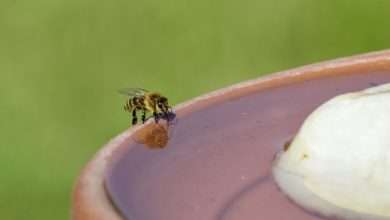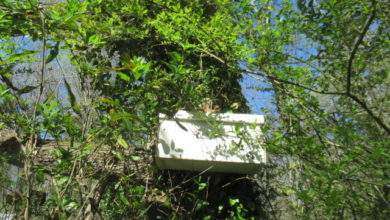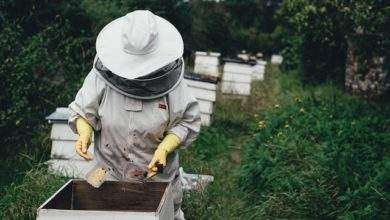Trees vs Flowers – Which are more Beneficial for Beekeepers
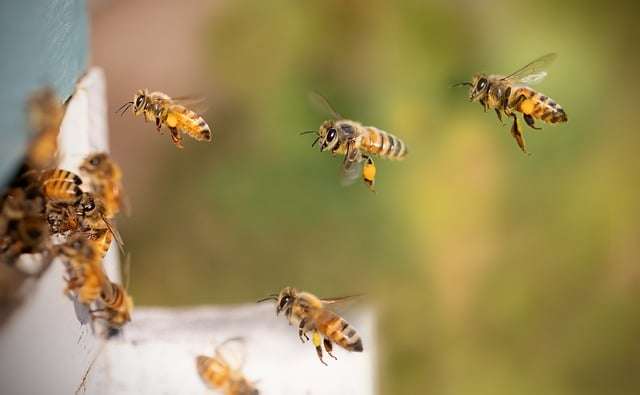
Bees play a critical role in pollination, facilitating the reproduction of countless plant species and maintaining the delicate balance of ecosystems. With their incredible efficiency in transferring pollen, these tiny creatures contribute substantially to agricultural productivity and ensure biodiversity.
However, for beekeepers aiming to support their colonies’ growth and honey production, an important question arises: Which natural resource is more beneficial for bees – trees or flowers?
Importance of Bees in Pollination
Bees are indispensable for pollination due to their remarkable ability to visit numerous flowers in a short span of time. When bees collect nectar and pollen, they inadvertently transfer pollen grains from the male parts of flowers to the female parts, allowing fertilization and subsequent fruit or seed development.
This process is vital for the reproduction of an estimated 87% of flowering plants worldwide, including many crops crucial for human food security. Without bees, the availability of fruits, vegetables, and nuts would significantly decline, leading to adverse consequences for both natural ecosystems and agricultural practices.
Role of Trees and Flowers in Providing Food for Bees
Both trees and flowers play a crucial role in providing food for bees, albeit in different ways. Trees, particularly fruit trees, provide bees with a valuable source of nectar and pollen. As bees gather nectar from the flowers of these trees, they inadvertently collect pollen, which they transfer to other flowers during subsequent visits, facilitating cross-pollination and ensuring genetic diversity in plant populations.
On the other hand, flowers, with their vibrant colors and enticing fragrances, are a haven for bees. These tiny marvels offer a variety of nectar and pollen sources throughout the year, thus serving as an important food supply for bees, especially in areas where trees are less abundant. Gardens and meadows full of blossoming flowers are particularly attractive to bees, as they provide a diverse range of foraging options, ensuring a steady supply of nutrition for these incredible pollinators.
Benefits of Trees for Bees
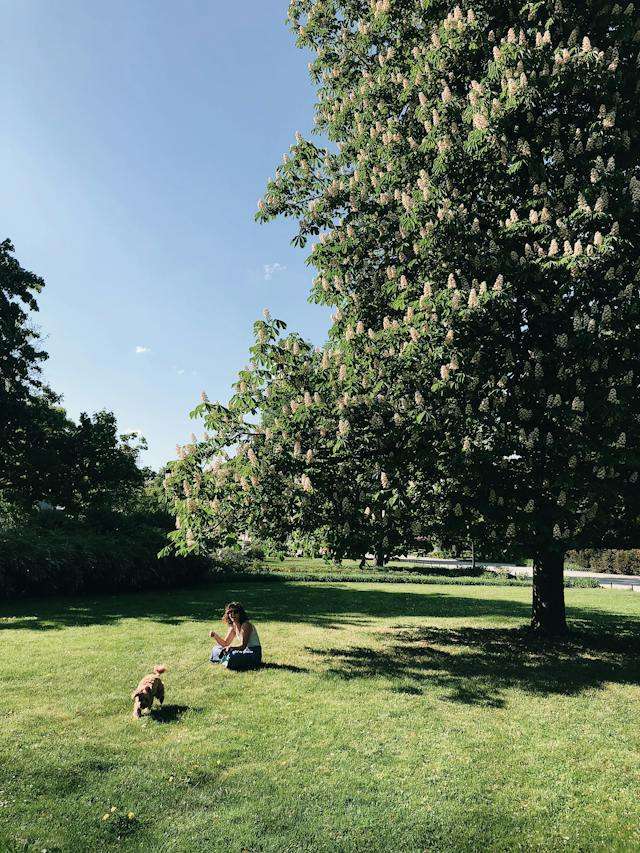
Trees play a vital role in supporting bee populations by providing food, shelter, and a thriving environment. From their diverse species to the blossoming of tree flowers, we will delve into the various reasons why trees are crucial for the well-being of bees.
- A Variety of Tree Species that Provide Food for Bees: Trees offer a vast array of options when it comes to sustenance for bees. Various tree species produce flowers that are rich in nectar and pollen, serving as a vital food source for these pollinators. From the majestic oaks to the vibrant cherry blossoms, trees provide a diverse range of flavors and nutrients that bees rely on for their survival.
- Trees as a Source of Nectar and Pollen: The essence of trees lies not only in their grandeur but also in their ability to draw bees with their sweet offerings. Nectar, a sugary fluid found in floral glands, serves as a valuable energy source for bees. Pollen, on the other hand, contains essential proteins and fats required for bee growth and nourishment. Trees act as reservoirs of both nectar and pollen, becoming an abundant source of sustenance for these industrious insects.
- Importance of Tree Blossoms for Bees in the Spring: As winter fades away and the world awakens, trees burst into life with the arrival of spring, a season that holds great significance for bees. The blooming of tree blossoms provides bees with a vital lifeline after a long, resource-scarce winter. The nectar and pollen offered by these blossoms fuel and nourish bees as they embark on their tireless pollination journeys.
- The Role of Trees in Providing Habitat for Bees: Beyond merely providing nourishment, trees play a pivotal role in creating suitable habitats for bees. Tree hollows, tree cavities, and even cracks in the bark become cozy abodes for solitary and hive-dwelling bees alike. The sturdy branches and thick foliage of trees offer a safe haven that shields bees from predators and harsh weather conditions, ensuring their survival and well-being.
- The Impact of Deforestation on Bee Populations: However, the importance of trees for bees extends beyond their individual benefits. The alarming increase in deforestation poses a severe threat to bee populations. Widespread forest clearing leads to the destruction of bee habitats, diminishing their sources of food and shelter. This, in turn, contributes to the decline of bee populations, posing a risk to both the environment and crucial pollination processes.
Benefits of Flowers for Bees
Flowers and bees share a remarkable relationship that goes beyond beauty and pollination. Bees rely heavily on flowers for their survival, and in return, play a fundamental role in the process of pollination that allows plants to reproduce.
- Diversity of Flowering Plants that Attract Bees: The natural world boasts an astonishing variety of flowering plants, each with its unique charm and characteristics. Many of these plants have evolved diverse mechanisms to attract bees, making them indispensable for the survival of these buzzing creatures. From delicate wildflowers to vibrant garden blooms, the diversity of flowering plants ensures that bees have access to ample sources of food throughout their lifecycle.
- The Role of Flowers in Providing Nectar and Pollen: Flowers serve as vital food sources for bees, providing them with the necessary sustenance for survival. Nectar, a sweet liquid secreted by flowers, serves as an energy-packed fuel for these industrious insects. By sipping nectar from flowers, bees gather essential carbohydrates that power their flight and everyday activities. In addition to nectar, flowers produce pollen—a protein-rich substance that serves as an important source of nutrients for developing bee larvae.
- How Different Flower Shapes and Colors Attract Bees: The visual and tactile allure of flowers is not merely a display of nature’s artistry; it serves a crucial purpose in attracting bees. Different flowers have evolved distinct shapes and colors to entice specific bee species, often catering to their unique physical traits and sensory preferences. Flowers may have intricate petal structures that provide landing platforms for bees, or tubular forms that accommodate their long tongues. Vibrant colors, such as blues, purples, and yellows, act as visual cues that guide bees towards a flower’s rich nectar and pollen.
- Seasonal Availability of Flowers for Bees: The natural world operates on a beautifully orchestrated schedule, with flowers blooming at different times throughout the year. This seasonal availability of flowers serves an important purpose for bees, ensuring a continuous supply of food. From early spring blooming gardens to late summer wildflower meadows, bees navigate this floral calendar, tapping into the abundance of nectar and pollen offered by various flower species. The well-timed availability of flowers guarantees that bees can nourish themselves and their colonies without interruption.
- The Importance of Wildflowers for Bee Populations: While cultivated gardens and flowering crops undeniably play a role in supporting bee populations, wildflowers hold unparalleled significance in their well-being. Wildflowers, often found in natural habitats and untouched landscapes, provide bees with a diverse range of floral resources. These sources vary in nectar composition, pollen types, and flowering durations, granting bees the vital dietary diversity they require. The preservation and restoration of wildflower habitats are crucial for maintaining healthy and robust bee populations, safeguarding the delicate balance of our ecosystems.
Flowers are not just beautiful creations adorning our surroundings; they are an essential lifeline for bees. The incredible diversity of flowering plants, their provision of nectar and pollen, the various shapes and colors that attract bees, the seasonal availability of flowers, and the importance of wildflowers all contribute to the well-being and survival of bees. As we appreciate the wonders of flowers, let us also recognize and protect the invaluable role they play in supporting our buzzing, beneficial friends, the bees.
The Debate: Trees vs. Flowers
As we delve into the world of bees and their vital role in our ecosystems, one particular debate has garnered significant attention: the battle between trees and flowers. While both play crucial roles in providing for bees, there are differing perspectives on which of these natural wonders holds more benefits for these pollinators.
Different Perspectives: Which is More Beneficial for Bees?
When it comes to assessing the benefits of trees and flowers for bees, opinions diverge. One school of thought argues that trees are more valuable due to their vast canopy providing ample nesting opportunities, shade, and a reliable source of pollen and nectar. Trees such as oaks, willows, and fruit-bearing varieties offer long blooming periods, ensuring a consistent food source for bees throughout the season.
On the other hand, proponents of flowers contend that their diverse range of species provides bees with a wider selection of pollen and nectar sources, and the presence of flowers leads to an increased diversity of bee species. The vibrant and enticing colors of flowers attract bees, facilitating pollination and sustaining these essential pollinating creatures.
- Coexistence of Trees and Flowers: Balancing the Benefits
While the debate revolves around prioritizing either trees or flowers, it is important to recognize that both can coexist and contribute to the well-being of bees. Instead of pitting one against the other, proponents of bee conservation argue that a diverse landscape is key. By cultivating a mix of trees and a variety of flowering plants, we can maximize the benefits for bees and provide a more sustainable habitat for their continued survival.
- The Impact of Urbanization: Struggles in the Concrete Jungle
With increasing urbanization, trees and flowers are facing challenges. Expanding cities often lead to the reduction of green spaces, resulting in limited resources for bees. The loss of trees and flowers in urban environments directly impacts bee populations, jeopardizing not only their survival but also the health of our ecosystems. As we pave the way for urban development, we must prioritize the conservation of trees and the cultivation of flower-rich environments to ensure bees can thrive alongside us.
- Conservation Efforts: Protecting Trees and Flowers for Bees
Recognizing the crucial role of both trees and flowers in supporting bee populations, conservation efforts are essential. Preservation of existing trees and the planting of indigenous tree species can contribute significantly to creating suitable habitats for nesting and foraging. Concurrently, supporting and promoting the growth of floral diversity through urban gardens, parks, and green areas can ensure an adequate food supply for bees throughout their lifespan. Conservation organizations and individuals need to come together to protect these vital resources and ensure the future of our buzzing friends.
- Considering Local Ecosystems and Bee Species: A Holistic Approach
While the debate highlights the general benefits of trees and flowers for bees, it is critical to acknowledge the importance of local ecosystems and bee species. Different regions and bee species have unique requirements. Understanding the native bee species, their preferred food sources, nesting habits, and foraging preferences is crucial in optimizing our bee conservation efforts. By adopting a localized approach, we can address the specific needs of our regional bees and create a sustainable environment that supports their well-being.
The debate surrounding trees versus flowers for bees encourages us to recognize the vital contributions of both in supporting these essential pollinators. Rather than assuming a one-dimensional perspective, we must strive for a holistic approach that combines the benefits of trees and flowers. With proper conservation efforts, prioritizing native species, and carefully considering local ecosystems, we can create a harmonious environment that allows trees, flowers, and bees to thrive together, ensuring a flourishing future for our buzzing allies.
Conclusion
Bees are indispensable pollinators that perform the crucial task of transferring pollen, facilitating the reproduction of plants, and ensuring the availability of fruits and vegetables. Trees and flowers both contribute significantly to the survival and well-being of bees, providing them with essential sources of nectar and pollen.
Maintaining a healthy ecosystem that encompasses a wide variety of trees and flowers is crucial for supporting bee populations and ensuring the sustainability of our environment.
FAQ:
What is the significance of trees and flowers for beekeepers?
- Trees and flowers play a crucial role in providing nectar, pollen, and overall foraging sources for bees, which are essential for their survival and honey production. Both contribute to a diverse and balanced diet for the bees.
Are trees or flowers more beneficial for bees?
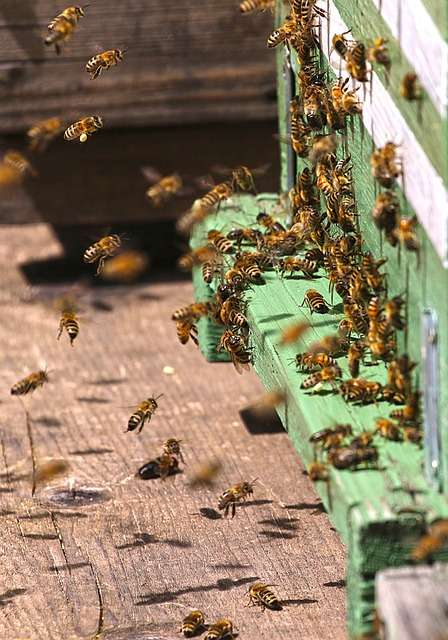
- Both trees and flowers provide essential food sources for bees. Trees offer a variety of species that provide nectar and pollen, and their blossoms are crucial for spring nutrition. Flowers also attract bees with their diversity of shapes, colors, and scents, providing continuous food sources throughout the year.
Which types of trees are beneficial for beekeepers?
- Many tree species have beneficial attributes for bees. Some examples include: maple, willow, chestnut, black locust, linden, and fruit trees like apple and cherry. These trees produce abundant nectar and pollen, attracting bees and supporting their colonies.
Can flowers alone support bee colonies?
- While flowers are a vital source of nectar and pollen, relying solely on flowers may not provide enough resources for bees throughout the year. A diversified landscape with trees, shrubs, and flowers ensures a consistent supply of nutrients, extending the foraging season and promoting bee colony strength.
How do trees and flowers contribute to honey production?
- Trees and flowers provide bees with the necessary resources to produce honey. Nectar from flowers is collected by bees and converted into honey through a process of regurgitation and dehydration. The more diverse the sources, the richer and more flavorful the honey can become.
Do certain trees or flowers produce better honey?
- The type of honey produced can vary depending on the trees or flowers the bees forage on. Bees that primarily gather nectar from specific plants, such as clover or lavender, produce honey with distinct flavors. The best honey for beekeepers is often a result of a diverse and balanced foraging environment.
What are some considerations when selecting trees and flowers for beekeeping?
- When selecting trees and flowers, it is vital to choose species that bloom throughout different seasons to provide a steady food supply. Opt for native plants when possible, as they generally have coevolved with local bee populations and are more likely to offer suitable nutrition.
Can urban beekeepers benefit from planting trees and flowers?
- Yes, even in urban areas, trees and flowers can be strategically planted to provide green spaces and forage opportunities for local bees. Balcony gardens, rooftop planters, and community parks can all contribute to creating a bee-friendly environment in cities.
